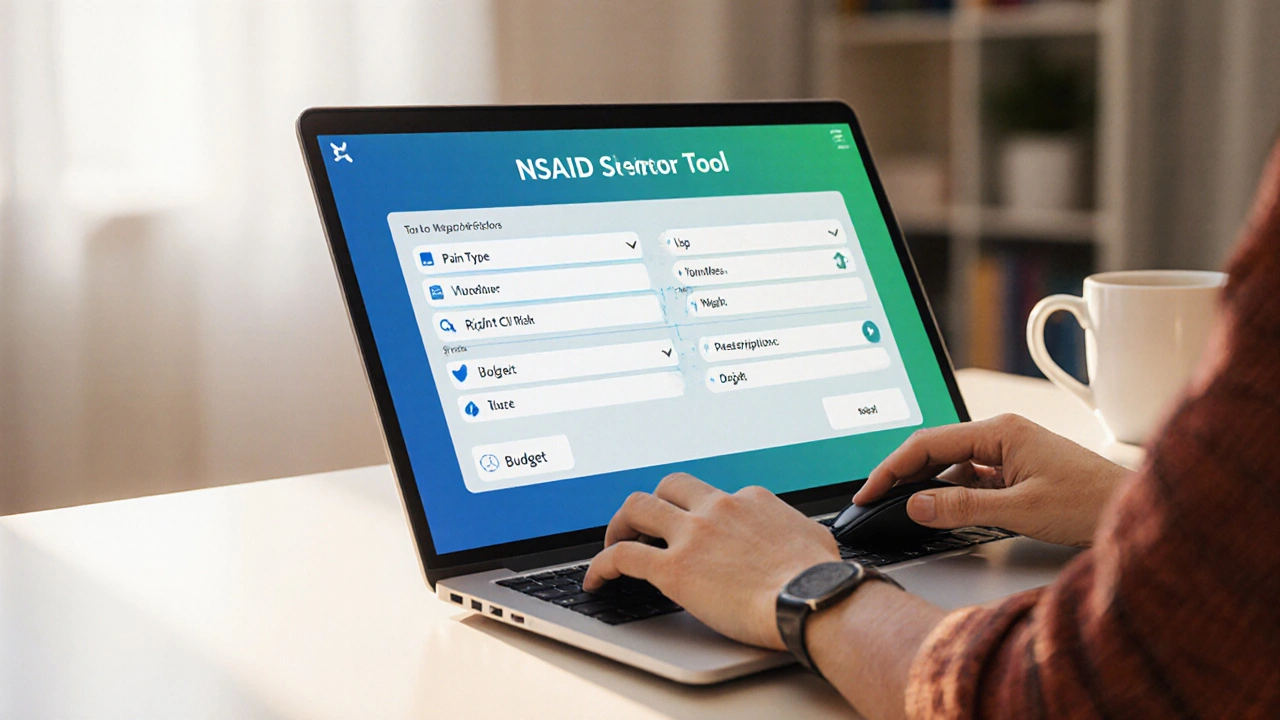When working with Mefenamic Acid, a non‑steroidal anti‑inflammatory drug (NSAID) commonly prescribed for menstrual cramps, dental pain, and mild arthritis. Also known as Ponstel, it reduces pain by inhibiting cyclooxygenase (COX) enzymes, which lowers prostaglandin levels in the body. Mefenamic Acid belongs to the broader NSAIDs, a drug class that also includes ibuprofen, naproxen, and diclofenac, and shares the class’s typical benefits and risks.
One major consideration with any NSAID is gastrointestinal safety. Because COX‑1 inhibition can irritate the stomach lining, doctors often recommend taking the drug with food or pairing it with a proton‑pump inhibitor. When comparing options, Etodolac, another NSAID that some patients find gentler on the gut is frequently evaluated alongside mefenamic acid for back pain and osteoarthritis. Likewise, Aceclofenac, an NSAID favored for its strong anti‑inflammatory action in rheumatoid arthritis offers a different safety profile, often requiring less gastro‑protective co‑therapy. Understanding these comparisons helps you choose the right drug for your specific pain condition.
The typical adult dose of mefenamic acid starts at 250 mg three times daily, with a maximum of 1 g per day. Short‑term use (usually not more than seven days) minimizes the risk of ulceration and kidney strain. Patients with a history of heart disease, hypertension, or chronic kidney disease should discuss alternatives, because NSAIDs can raise blood pressure and affect renal function. Drug interactions are also common: avoid concurrent use with anticoagulants, other NSAIDs, or selective serotonin reuptake inhibitors without medical guidance. Monitoring liver enzymes during prolonged therapy is prudent, as rare hepatotoxicity has been reported.
Within an hour of the first dose, many feel a noticeable drop in pain intensity. Side effects, when they appear, are usually mild—upset stomach, headache, or dizziness. If you experience severe abdominal pain, black stools, or swelling of the ankles, stop the medication and seek medical help right away; these could signal serious complications. For women using it to treat dysmenorrhea, the drug often provides relief faster than hormonal options, but it’s not intended for long‑term menstrual management.
By the end of this guide, you should have a clear picture of how mefenamic acid works, when it’s appropriate, and how it stacks up against Etodolac and Aceclofenac. Below you’ll find a curated collection of articles that dive deeper into buying safe generics online, comparing NSAIDs, managing side effects, and staying informed about the latest pharmacy trends. Use these resources to make informed decisions about your pain‑relief strategy.

A side‑by‑side comparison of Ponstel (mefenamic acid) with common NSAID alternatives, covering efficacy, safety, cost, and when each drug is the best choice.